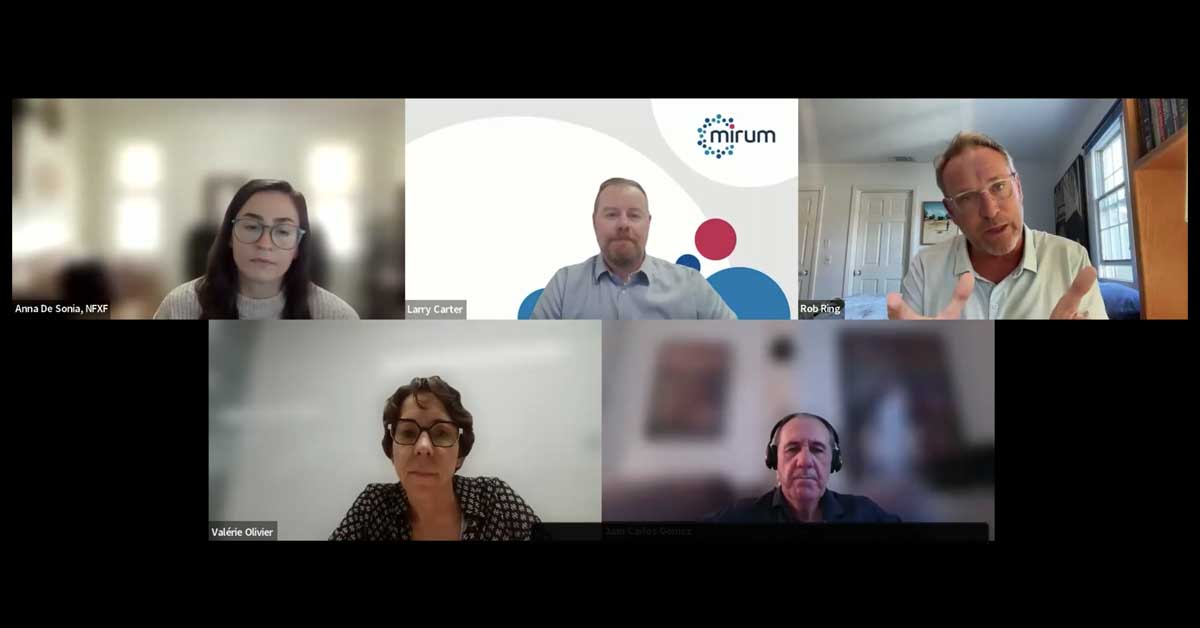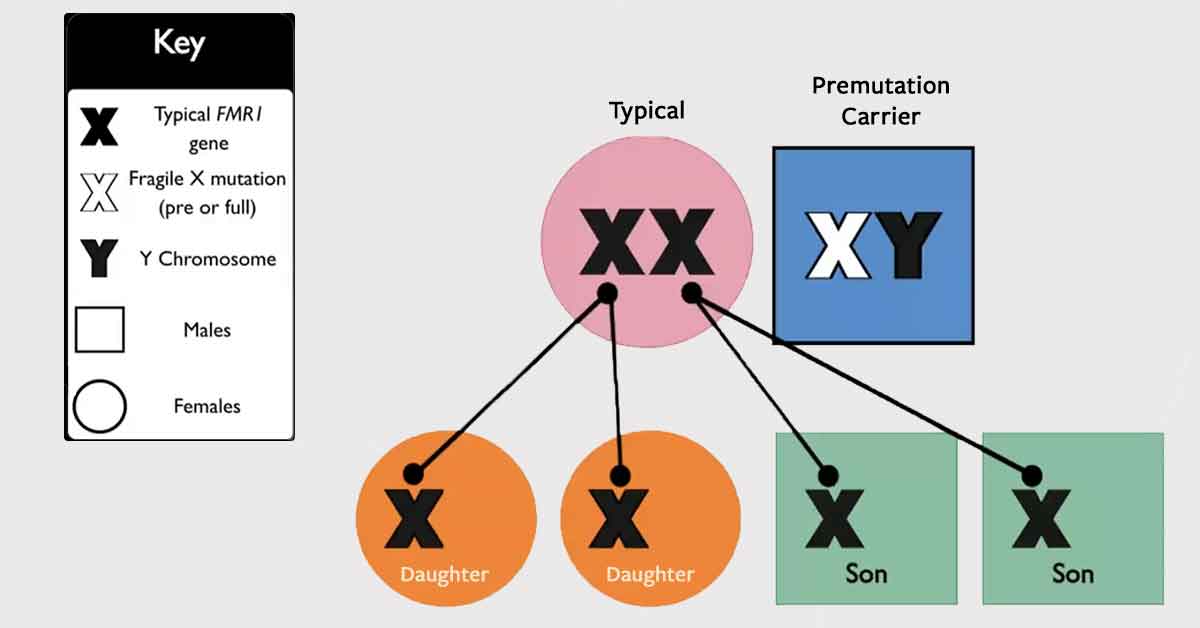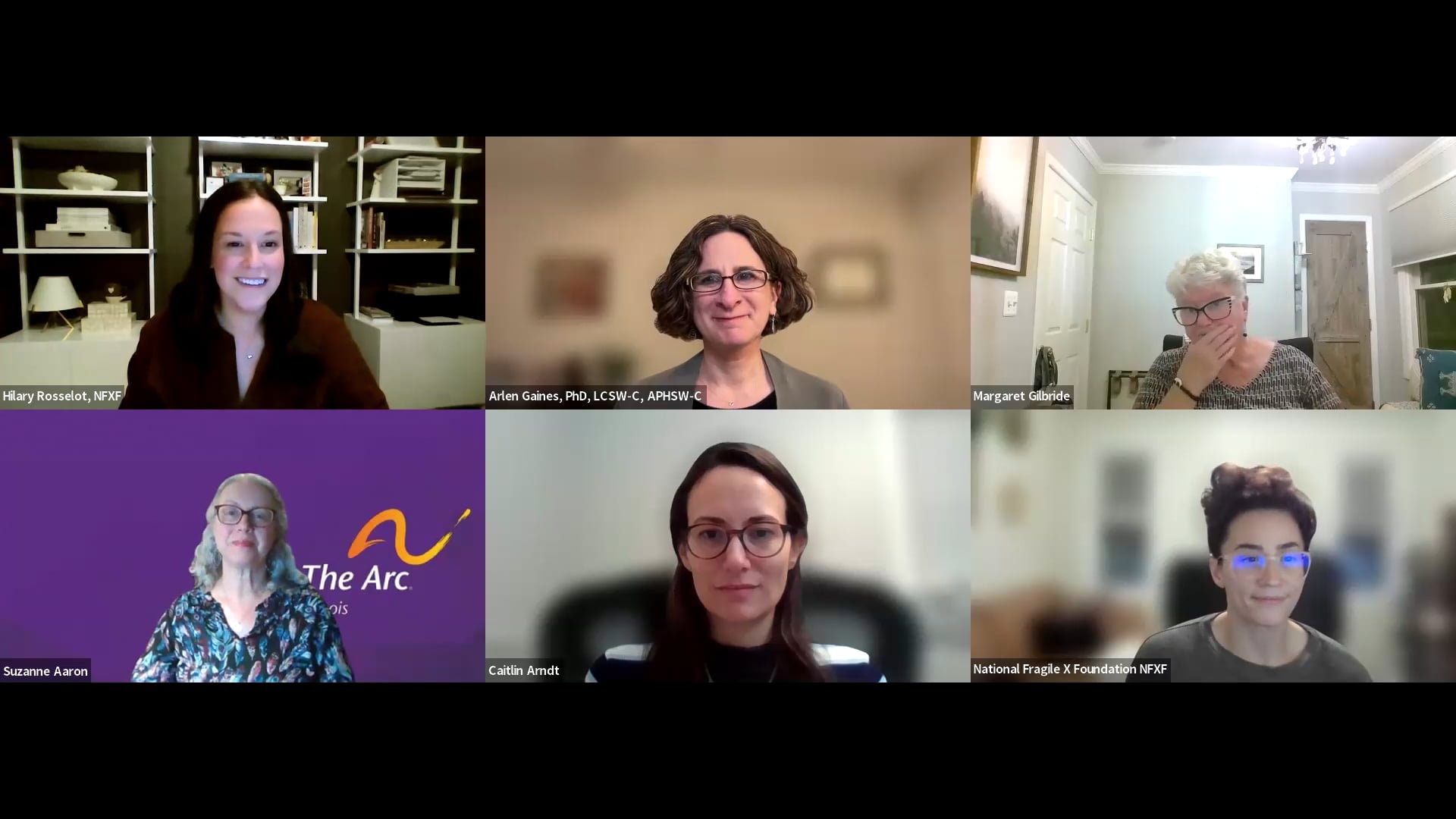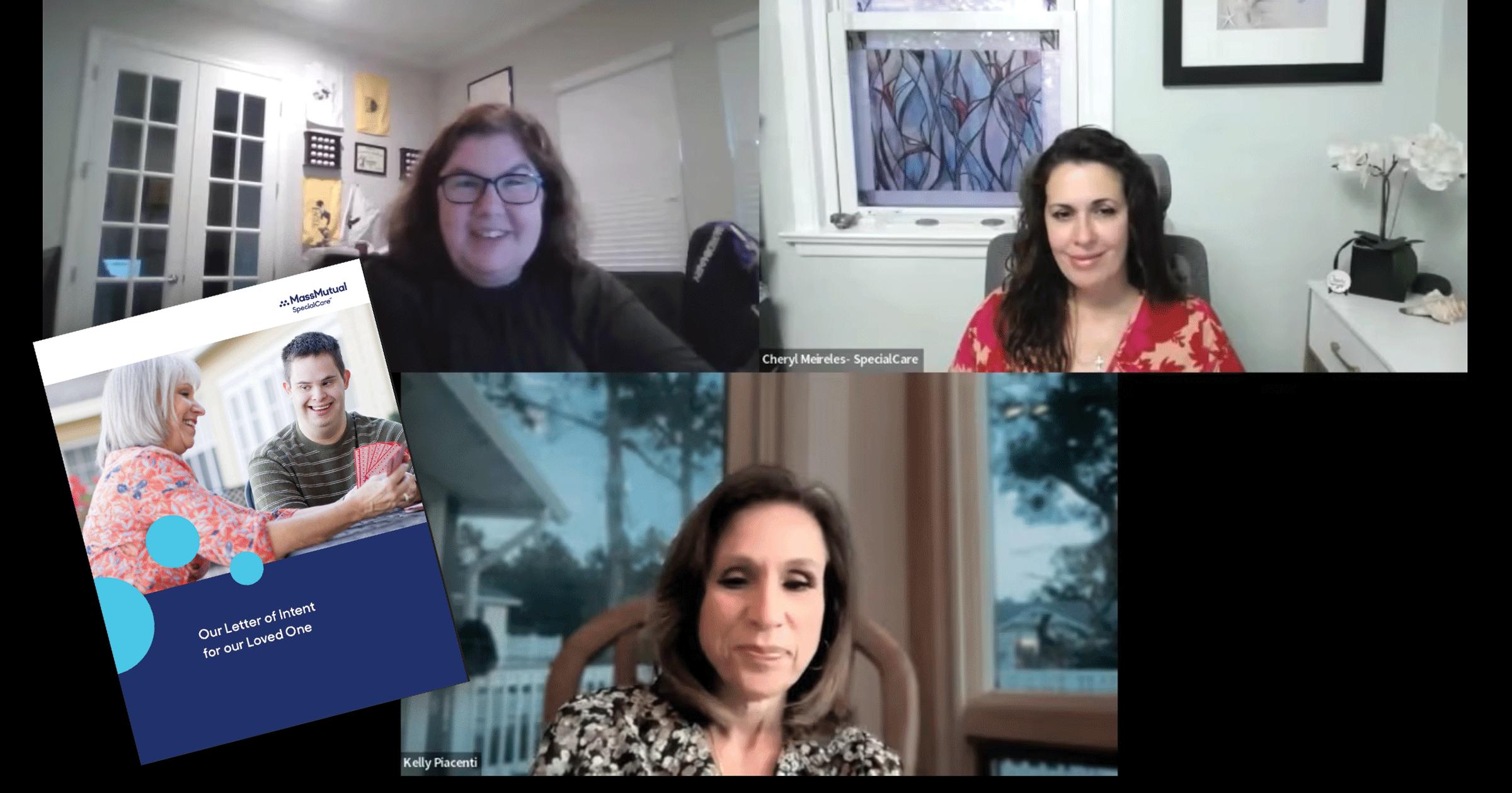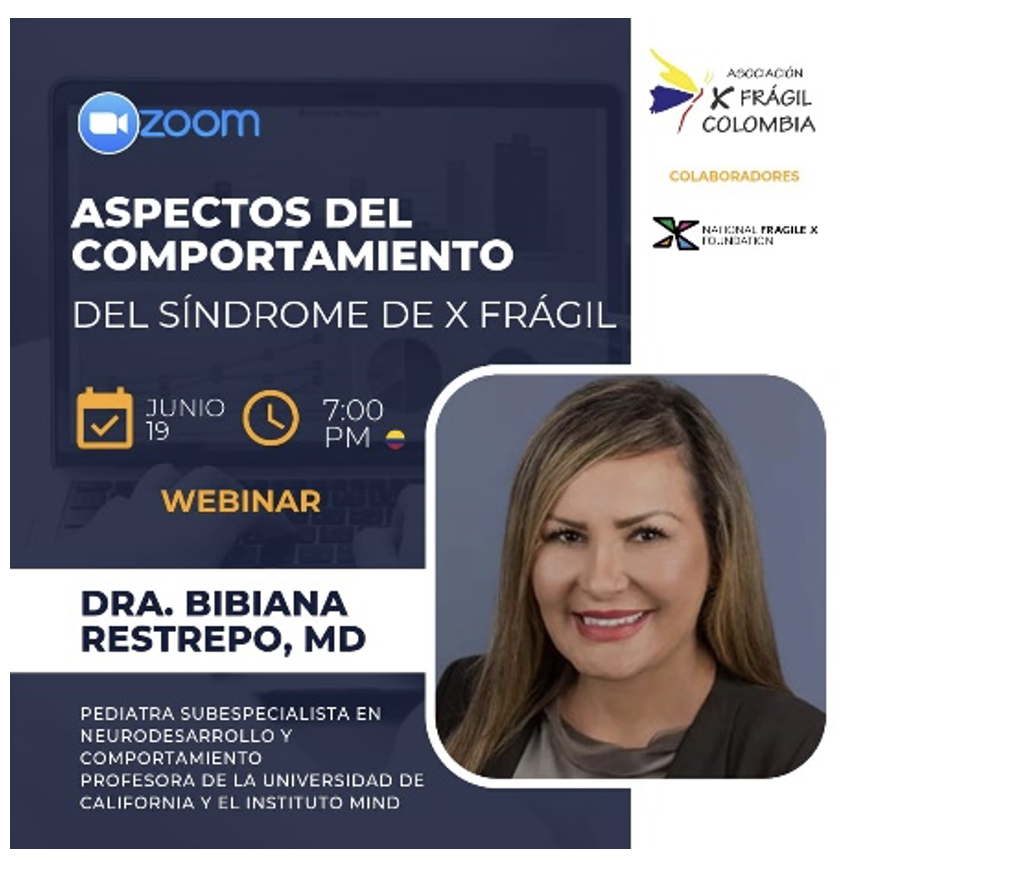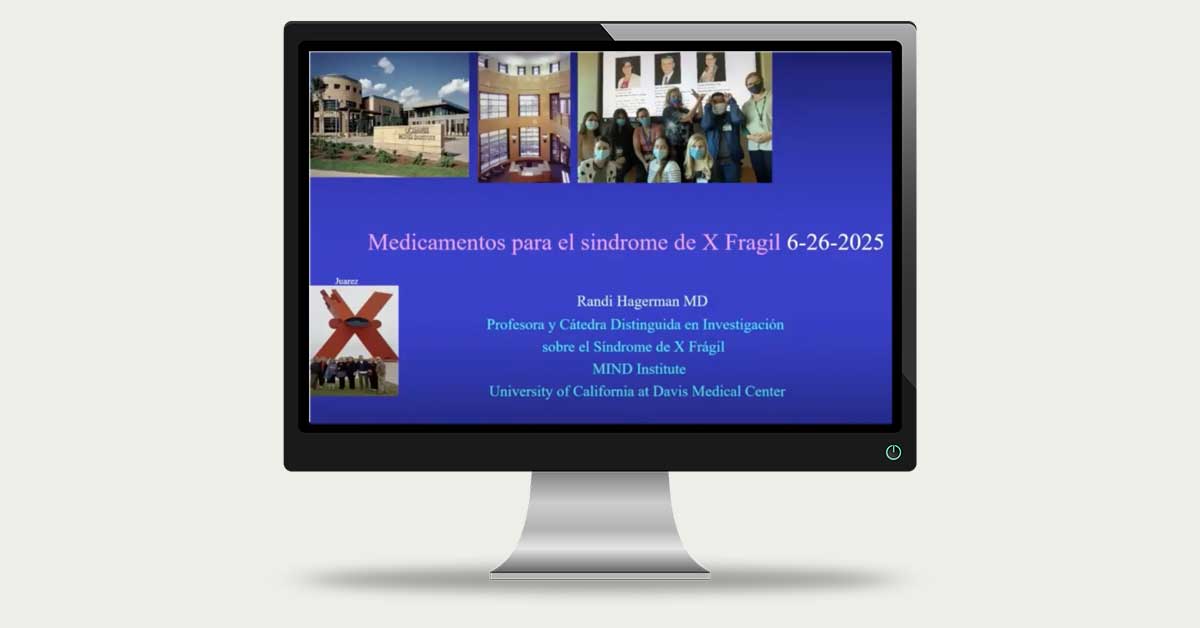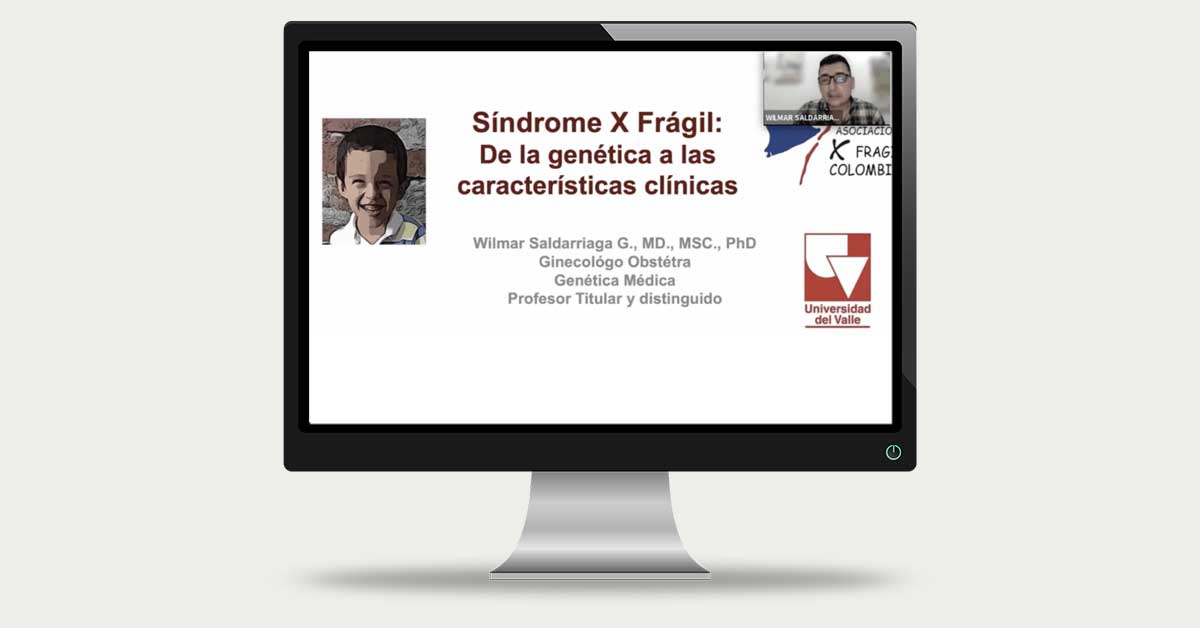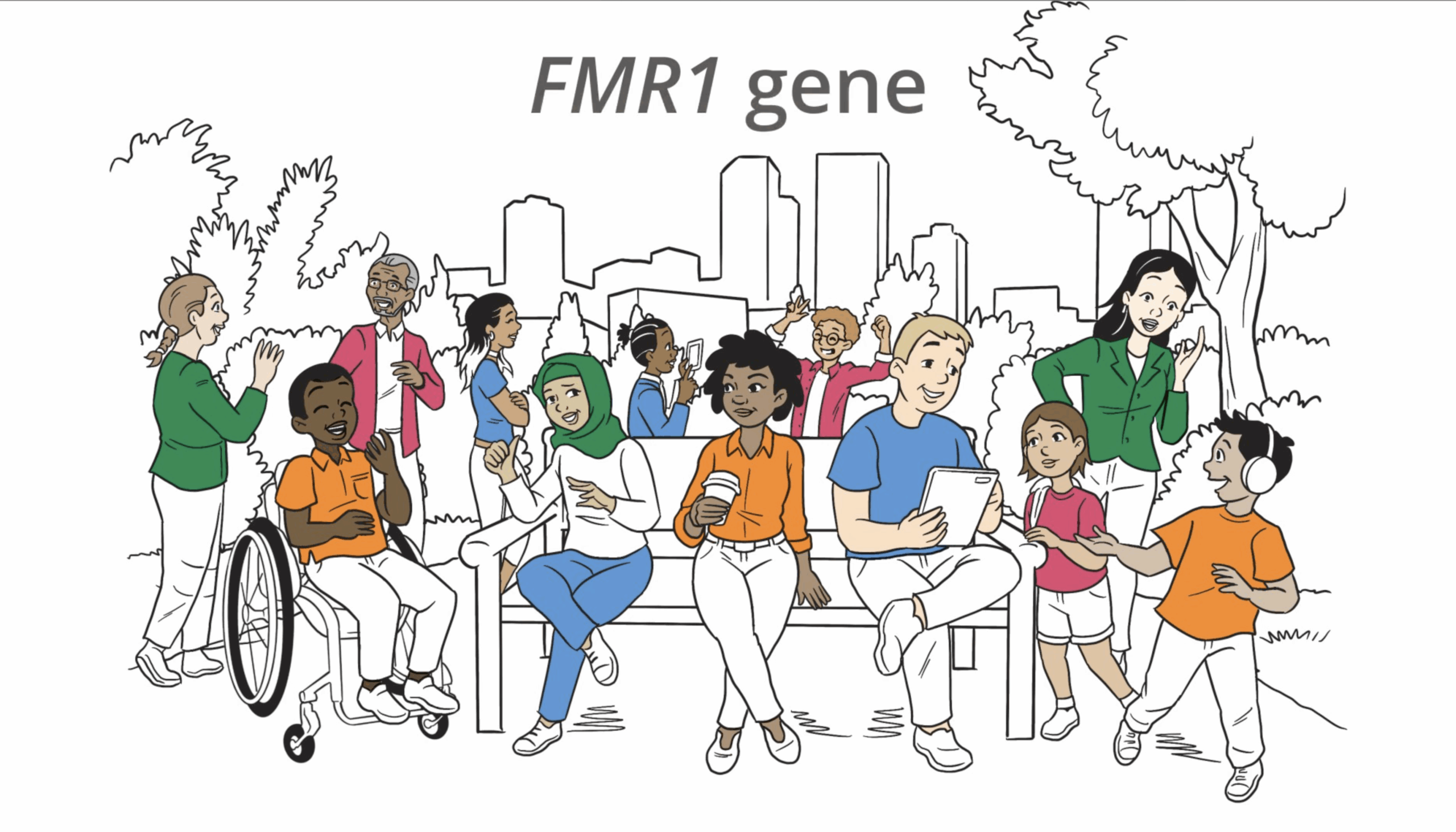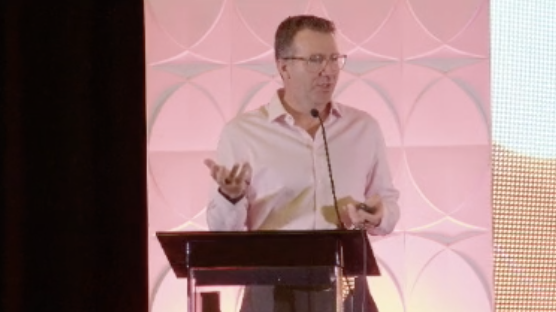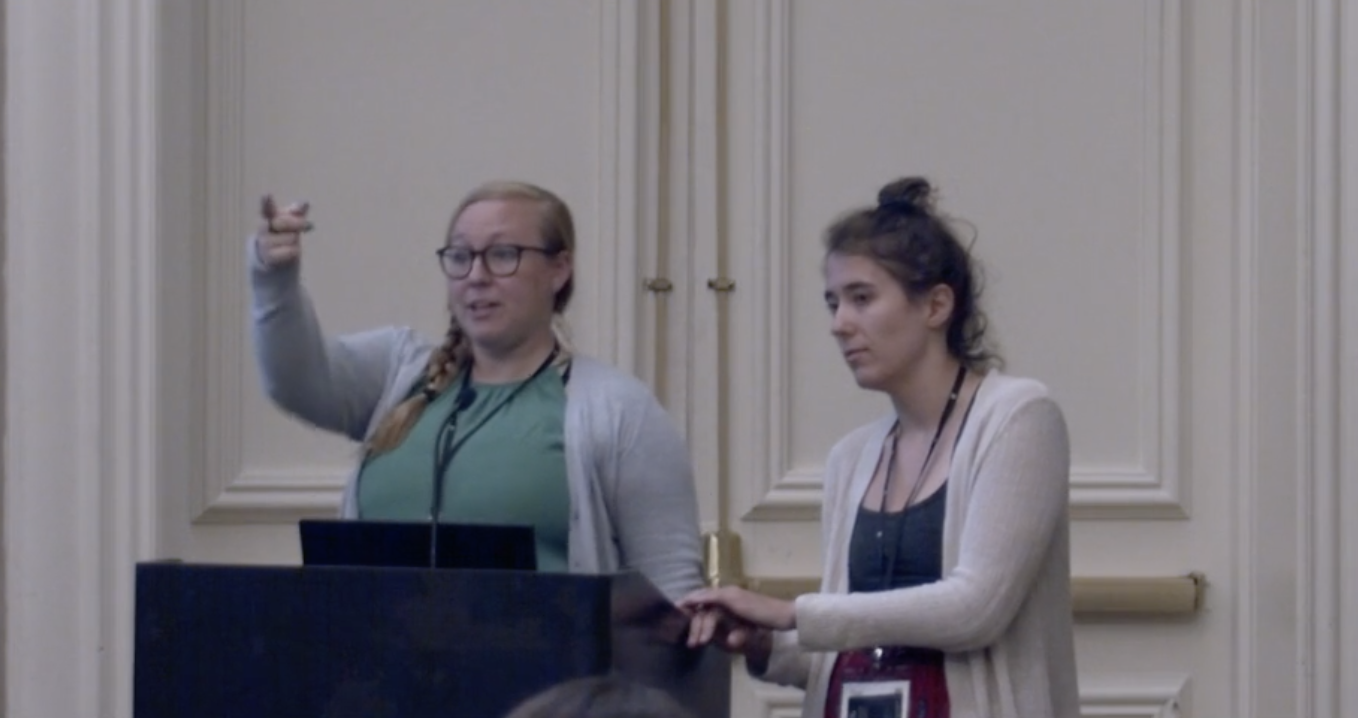Webinars & Videos
Featured
Creating a plan is a meaningful and loving step toward securing the best possible future for your loved one. Learn of common pitfalls that can jeopardize long-term care and benefits for special needs individuals.
Latest
Four of our industry partners developing treatments for Fragile X syndrome — Shionogi, Mirum Pharma, Kaerus Bioscience, and Servier Pharmaceuticals — shared their latest research updates during a live webinar on October 28, 2025.
How Fragile X syndrome is inherited is a very common question and one of the first things a newly diagnosed family asks. Let’s be clear — Fragile X is an inherited condition.
All Webinars and Videos
Four of our industry partners developing treatments for Fragile X syndrome — Shionogi, Mirum Pharma, Kaerus Bioscience, and Servier Pharmaceuticals — shared their latest research updates during a live webinar on October 28, 2025.
How Fragile X syndrome is inherited is a very common question and one of the first things a newly diagnosed family asks. Let’s be clear — Fragile X is an inherited condition.
Our expert panel — Suzanne Aaron, Caitlin Arndt, Arlen Gaines, and Margaret Gilbride — shared insights, strategies, and resources to help individuals with Fragile X syndrome and their families navigate grief and loss.
Kelly Piacenti shared insights and resources to help families understand how a letter of intent can be vital in creating a comprehensive care plan.
La Dra. Bibiana Restrepo, un pediatra del desarrollo conductual certificado por la junta de la Universidad de California y el Instituto MIND, se reúne con Johana Latorre, Lorena Reisenauer, Luz Elena Paez y Paula Bahlcke en una discusión sobre las características conductuales en el SXF.
Una discusión sobre los medicamentos para el síndrome del cromosoma X frágil, con la Dra. Randi J. Hagerman, profesora distinguida de Pediatría, presidenta de investigación del síndrome del cromosoma X frágil e investigadora del Instituto MIND de UC Davis.
Dres. Wilmar Saldarriaga Gil y Ana María Cabal se unen a Johana LaTorre, Judith García, Nelsy Garzón, María Vera, Carolina Rabazani y Facundo Mattea para discutir la genética y las características clínicas del síndrome de X frágil.
Learn what the Fragile X premutation is in just 90 seconds. This short animated video from the National Fragile X Foundation explains how the Fragile X premutation affects individuals and families—and why awareness matters.
Join Dr. Peter Todd as he shares the collective hope and anticipation surrounding the promising future of treatments for Fragile X-associated conditions. In this keynote session at the 19th NFXF International Fragile X Conference, Dr. Todd discusses the history, challenges, and advancements that have helped shape the trajectory of treatments for Fragile X-associated conditions.
These conference sessions explore cutting-edge Fragile X premutation research uncovering how RAN translation and CGG repeat RNA toxicity drive FXTAS neurodegeneration, and how the epigenetic regulator Tet2 influences ovarian dysfunction in premutation carriers — highlighting new mechanisms and therapeutic targets.




